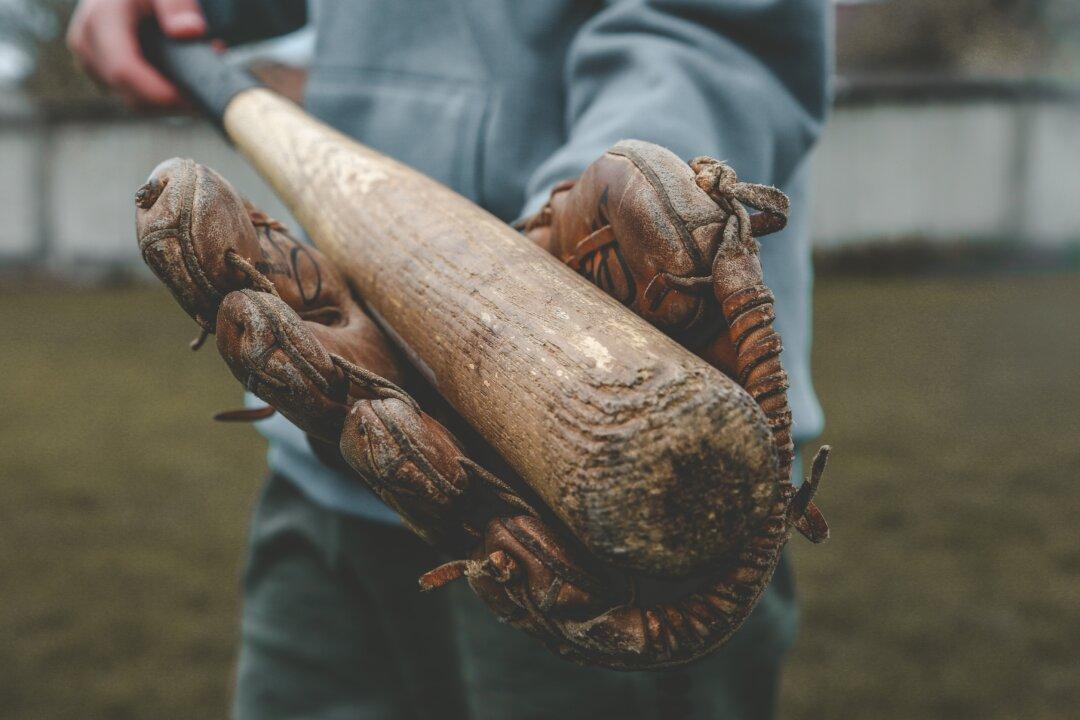Throngs of masked people. Locked-down cities. Abandoned theme parks. Infected cruise ships. Schools closed indefinitely. Public gatherings restricted. Annual events postponed. Sporting events played to empty stadiums. Flights canceled. Restaurant dining forbidden. Empty market shelves. Millions self-quarantined at home. “It sounds like a scary movie,” an 18-year-old says after reading the news about the global pandemic caused by the CCP (Chinese Communist Party) virus, commonly known as novel coronavirus. She couldn’t be more right.
When the rapid spread of a new Chinese illness of undetermined origin hit the news, it sounded like a frightening epidemic film’s premise. However, as the cases move closer, many Americans feel like they are in a horror film. As few facets of life remain unchanged, no one knows how long the panic will last.






